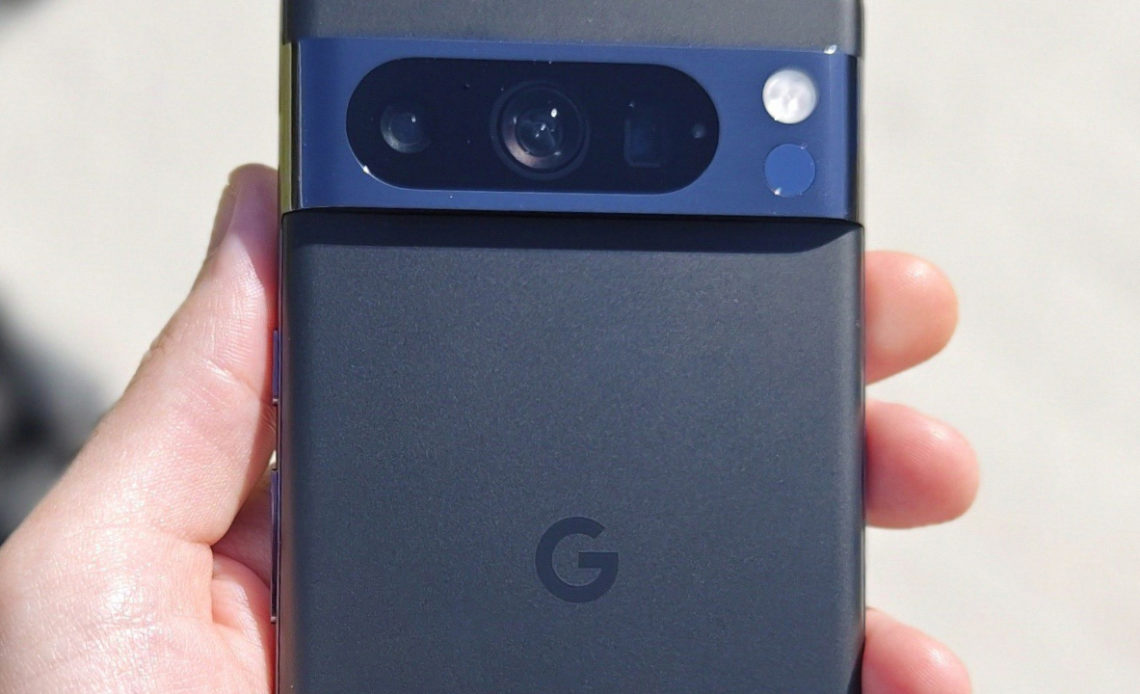After months of anticipation and numerous leaks, Google has officially unveiled its highly-anticipated Google Pixel 8 series at an event held in New York. Although the physical design of the phones closely resembles the previous generation of Pixel devices and camera hardware enhancements are relatively modest, the introduction of the new Tensor G3 chip promises groundbreaking advancements. Google is marketing the Pixel 8 smartphones as the first to harness the power of on-device generative AI. These innovative devices, particularly the Pixel 8 Pro, are poised to be among the top contenders for the title of the best smartphones of the year.
Correction: In an earlier version of this article, we erroneously referred to the main camera sensor of the Pixel 8 series as the GN2, when it is, in fact, the GNV. We apologize for any confusion this may have caused.
Enhancements in Display Technology Starting with a brief overview of the hardware changes, the most noticeable difference comes with the Pixel 8 Pro. The 6.7-inch OLED screen is now completely flat, marking a departure from the curved panels seen in the last two Pro Pixel models. The screen’s edges blend seamlessly into the aluminum frame with a subtle chamfered edge, avoiding the sharp and pointy feel experienced with some competing smartphones such as the iPhone 12, 13, and 14 series. The Pixel 8 Pro maintains a similar weight and dimension profile as last year’s 7 Pro.
The standard Pixel 8, on the other hand, has downsized to a 6.1-inch screen from the previous 6.2 inches, resulting in a 10g reduction in weight, now standing at 182g. Both Pixel 8 phone display panels offer improved brightness levels compared to the previous generation, with the standard Pixel 8 screen reaching an impressive peak brightness of 2,000 nits, while the Pixel 8 Pro can achieve an even higher 2,400 nits. The Pro model also features an LTPO panel with a versatile refresh rate that can range from 1Hz to 120Hz, while the standard display offers options of 60Hz or 120Hz.
Upgraded Camera Sensors Both the main cameras of the Pixel 8 and Pixel 8 Pro have been upgraded to the Samsung ISOCELL GN2 GNV sensor, an advancement from the GN1 sensor used in previous generations. While this sensor may not be entirely new in the world of smartphones, as it was featured in several 2022 Chinese Android flagships, including the Vivo X80 Pro, it’s a notable improvement for the Pixel lineup. The GNV sensor boasts a sensor size of 1/1.3-inch, which, according to Google, allows the main camera to capture 21% more light compared to the Pixel 7’s main camera.
The Pixel 8 Pro takes the camera improvements further with upgrades to its other two cameras. The Periscope zoom lens now boasts a faster aperture, and the ultra-wide camera offers higher resolution at 48MP, a notable increase from the 12MP sensor of the previous model. However, these upgrades are exclusive to the Pixel 8 Pro and are not present in the standard Pixel 8, which retains the same ultra-wide lens without a zoom feature.
The Pixel 8 Pro also introduces a new temperature sensor that can be used for checking the temperature of food and various items. Google has submitted an application to the FDA for using this sensor in potential future applications, such as body temperature scanning.
Tensor G3 Chip – Enhanced Intelligence and Efficiency In the previous year, when reviewing the Pixel 7, it was hailed as “the smartest smartphone” due to the unique capabilities of the Tensor G2 chip, which included remarkably accurate voice dictation and on-device Google Assistant. With the Tensor G3 chip, Google has elevated its capabilities even further, but the extent of this advancement remains undisclosed as there was no direct comparison made between the Tensor G3 and its predecessor, the Tensor G2. However, Google has revealed that the Tensor G3 can handle twice as many machine learning algorithms as the initial Tensor chip used in the Pixel 6 series.
The most significant breakthrough with the Tensor G3 chip is its capacity to enable on-device generative AI, allowing the chip to generate data and images autonomously without relying on cloud resources. This has resulted in a range of superior features, including the “Magic Editor,” which empowers users to alter the position of subjects in photos and employ generative AI to fill in missing details. Additionally, the “Best Take” feature permits users to seamlessly swap faces in a group photo if multiple shots are taken. For instance, one can take multiple selfies with different facial expressions and then interchange expressions in post-processing, yielding impressively clean results.
Furthermore, the “Audio Magic Eraser” leverages machine learning to eliminate unwanted background noise, enhancing the audio experience. Generative AI extends its benefits beyond the realm of photography, with Gboard offering AI-driven suggestions for words or phrases while composing text.
The Pixel 8 series of smartphones can quickly scan through articles and provide users with summarized content. Google claims that the Tensor G3 chip is more efficient, which is a welcomed improvement, especially considering that the Tensor G2 chip had a tendency to generate heat, particularly in the Pixel Fold.
Exploring the Potential of Generative AI In summary, while the Pixel 8 series may not introduce radical changes in visible hardware, the promise of generative AI is truly transformative and has the potential to reshape how we use smartphones in the future. It’s essential to consider the implications of AI-assisted photo editing tools, which can blur the lines between reality and digital manipulation. Features like the “Magic Editor” make it remarkably easy to edit photos, even creating images that diverge from reality. This aligns with the ongoing discussions surrounding the rise of generative AI and the ethical considerations it entails.
Stay tuned for our upcoming comprehensive review of both the Pixel 8 and Pixel 8 Pro.
